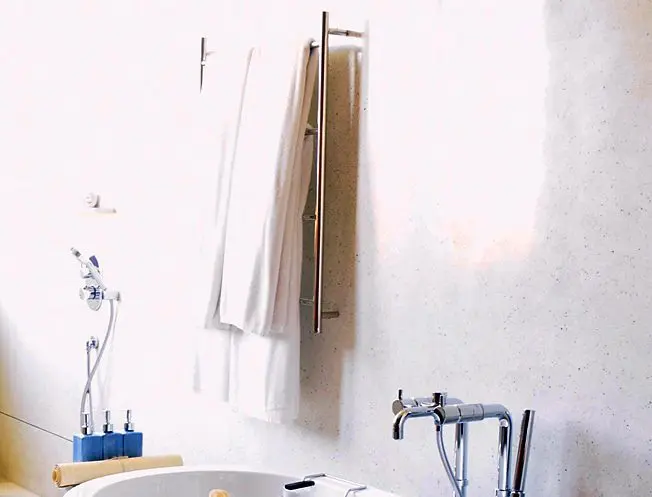words Al Woods
In recent times, real estate has become one of the more popular means for people to invest their money to gain more profits. The main reason behind this is the recurring income and offered tax benefits to the rental property owners. But, as an investor, it is important to know how to calculate ROI on rental property as it will help determine the profit you will get on your investment. It is an essential metric that real estate investors choose for their investment to make profits.
Not only does a rental property provide profits in the present, but also makes for a popular pension asset. Reading this article will help you know the exact meaning of ROI and help you learn more about the calculation of ROI on your rental property.

Meaning of ROI
Return on investment is how much profit you will gain in return for your investment. It is mainly represented as a percentage of the price of your investment. The primary purpose of ROI calculation is to determine whether the investment will be profitable or not. Unfortunately, there are a lot of variables that can change the result as there is no definite calculation of it.
The calculation of ROI changes when your payment method changes. It is why you must make a deep analysis before investing in a rental property.
The ROI calculation even changes if you pay by cash or finance.
How To Calculate ROI?
The following formula is used to calculate rate of return:
ROI= (Income from Investment-Cost of Investment)/Cost of Investment
Example: If you buy a home for $120,000 and sell it after two years for $180,000, then the net profit is $60,000 ($180,000-$120,000). ROI on home is 50% [ $60,000 (net profit)/ 120,000 (cost) = 0.50]
Note: As ROI is a profitability ratio, the result is mostly presented in percentage terms.
Calculation of ROI On Rental Properties
The above equation might appear simple; however, there are many variables that can affect the ROI numbers. It can include anywhere from repair and maintenance expenses to the amount borrowed with interest for making the starting investment. Also, financing terms can highly affect the whole cost of the investment.
ROI For Cash Transactions
If you purchase a property with cash, then the valuation of a property’s ROI is simple.
- You paid $120,000 in cash for the rental property.
- The closing costs were $2,000, and remodeling costs came out to $10,000, which makes your total investment $132,000 for the property.
- You rented out your house at the price of $1,000 every month.
After a year:
- You have $12,000 worth of income for that year
- Expenses such as property taxes, water bills, insurance, and more came out to be $1,200 for the year or $100 monthly.
- Your annual return came out to be 10,800 ($12,000-$1,200).
For calculating the property’s ROI:
- Divide the annual return (10,800) by the total investment amount (132,000).
- ROI= $10,800÷$132,000 = 0.081 or 8.1%.
- Your ROI will be 8.1%.
Return On Investment For Financed Transactions
It is more complicated to calculate the ROI on financed transactions.
For instance, suppose you got the same $120,000 rental property; instead, you go for the mortgage option instead of cash.
- The down payment required for the mortgage turned out to be 20% of the purchase price, or $24,000 ($120,000 sales price x 20%).
- Closing costs increased, typically for a mortgage, which comes to be $3,000 upfront.
- The remodeling cost turned out to be $10,000.
- The total expenses paid by you came out to be $37,000 ($24,000+ $3,000+$10,000).
Ongoing costs with the mortgage came out to be as follows:
- Suppose you took a 30-year loan with a fixed interest rate of 4%. On the $80,000, the monthly principal and interest payment came out to be $381.93.
- The same $100 monthly for covering water, taxes, and insurance is added, which makes the monthly payment $481.93.
- Rental income of 1,000 every month turned out to be $12,000 for that year.
- Monthly cash flow is $518.07($1,000 rent-$481.93 mortgage payment).
After a year:
- You got $12,000 in total rental income as the rent was $1,000 per month.
- The annual return turned out to be $6216.84 ($518.07 x 12 months)
For calculating the property’s ROI:
- Divide the annual return by the out-of-pocket expenses to determine the ROI. The out-of-pocket expenses are the down payment of $24,000, closing costs of 3,000, and remodeling for 10,000.
- ROI = $6216.84÷37,000 = 0.168.
- Your ROI is 16.8%.
Home Equity
Some investors even consider home equity. For calculating the equity amount in your home, review the mortgage amortization schedule to check out how much mortgage payments went towards paying the principal amount of the loan.
How To Add Value To Earn More ROI?
An easy way to earn more ROI is by investing in a home warranty. A home warranty will take care of even the most expensive sudden breakdowns immediately in return for a monthly or annual premium. It will even help in minimizing the overhead costs as you will only need to pay the service fee whenever a trained technician is assigned by the company. To avoid denial of claims or hassles, it would be a good idea to purchase a home warranty from a reputable company. Consumera, a research and review platform, offers reviews and rates of the home warranty companies based on the benefits and coverage offered to the customers.
The Bottom Line
The ROI for a rental property is not the same as other investments as it can vary majorly, depending on whether you paid for the property in cash or got it through finance. The less down payment you give on the property, the greater your mortgage loan balance, but you will also have a greater ROI.
Contradictorily, the less you borrow, the lower your ROI will be. Financing will boost your ROI in the short term, as the initial investments are lower.




